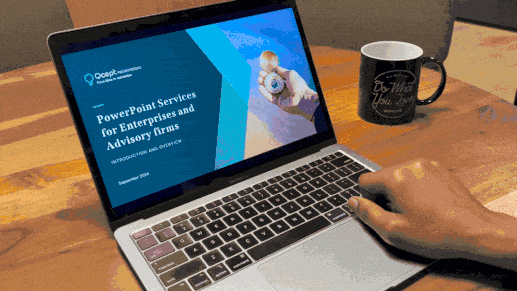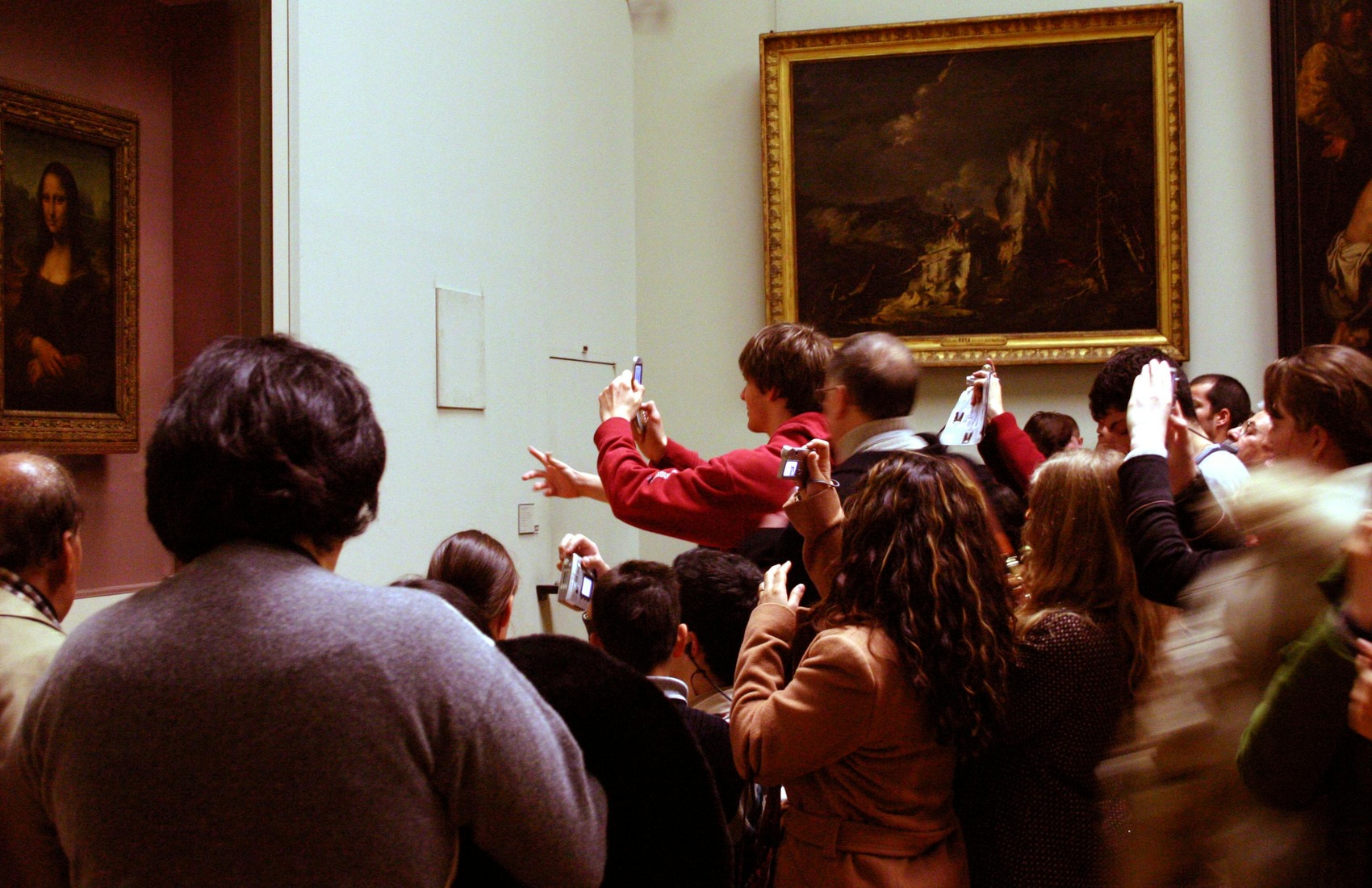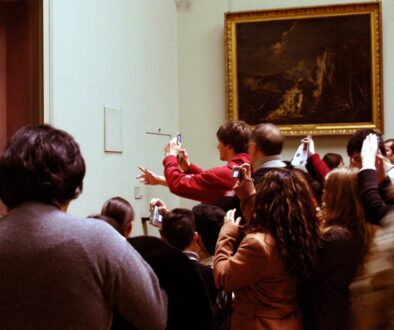The PowerPoint B key: The 1-Second trick to reclaim any room
April 24, 2025 | 3 min read

Picture this: you’re mid-presentation. Your slide deck is polished, your points are solid, but the audience? They’re zoning out. Phones out. Eyes glazed. Coffee dreams in progress. We’ve all been there.
Now, imagine pressing one tiny key – just B – and suddenly, the screen goes black. People look up. Phones go down. You’ve got their eyes again. That’s the power of the PowerPoint B key.
Let’s dive into why this overlooked little shortcut might just be the most powerful tool in your presentation toolbox.
What the B key does (and why it works)
The B key in PowerPoint stands for “blackout”. When you press it during a slideshow, your screen turns black. Nothing flashy. No transition. Just a blank canvas.
And guess who’s left in the spotlight?
You.
No distractions. No slides. Just your voice and your story.
Think of it as the dramatic pause in a speech – or the cliffhanger in a good movie. Your audience must pay attention because you’ve just taken away their visual crutch. And that’s when they tune back in.

Perfect moments to use the B key
Let’s be clear – this isn’t a trick you use every 30 seconds. It’s a tool, and like any tool, timing matters. Here are five times you should absolutely use the B key:
To reset a distracted room
The energy’s dipping. Eyes are drifting. Hit B. Smile. Speak. It’s the reset button your delivery needs.
Before a big point
You’re about to drop that key insight, a powerful stat, or a big takeaway? Hit B. Now, say it. They’ll remember you, not the bullet points.
During Q&A
Slides confuse things during Q&A. People squint. They point. They get sidetracked. Hit B. Keep the focus where it belongs: on the conversation.
When telling a story
Slides can be helpful – but they rarely support storytelling. Hit B. Tell your story like it’s a movie. Let your voice paint the picture.
To build suspense
Want to reveal your killer ROI stat or your game-changing solution? Hit B. Then pause. The silence will feel like a drumroll.
How not to mess it up
It’s simple, yes – but even simple things need practice. Here’s how to make it smooth:
- Rehearse your transitions. Know exactly when you’ll hit B.
- Test your setup. Make sure your version of PowerPoint supports it.
- Avoid “oops” moments – like hitting the wrong key or losing your place.
Use the B key like a seasoned speaker. That way, your audience won’t think it’s a tech glitch – they’ll know it’s intentional.
Real-Life wins: When the B key saved the day
A client pitch. The CEO was clearly distracted, tapping on his phone. Mid-sentence, our presenter hit B. No slide. Just her voice:
“This is what really matters.”
Heads turned. The room reset. Deal won.
Another example? A keynote speaker delivering a personal story about failure and growth. When the screen went black, you could feel the room lean in.
You could hear a pin drop. The B key turned a moment into a memory.
The conclusion: The B key is a tiny move that makes a big difference
The next time you’re presenting, remember this: your slides support you – they’re not the show. You are. And the B key? It’s your way of reminding the room of that.
So go ahead. Own the room. Use the blackout. Deliver your punchlines. And walk off knowing you didn’t just show slides – you gave a performance.
Because great presentations aren’t read off a screen. They’re felt, remembered, and talked about.
You may also like
We use storytelling and design to build high impact presentations for leading brands
PowerPoint design
services and outsourcing
Enterprises, analysts, consultants
Investor pitches
and fundraising narrative
Founders, fund managers
Sales presentations, proposals, and collaterals
Sales & marketing teams
PowerPoint template and visual slide bank
Enterprises, advisory & research firms
CXO presentations
and thought leadership
IT-BPO services & consulting firms
Financial, ESG,
and annual reports
Financial services, large enterprises
Training – PowerPoint design and visualization
Sales team, analysts, consultants
Conference and event presentations
Keynote speakers, event managers






